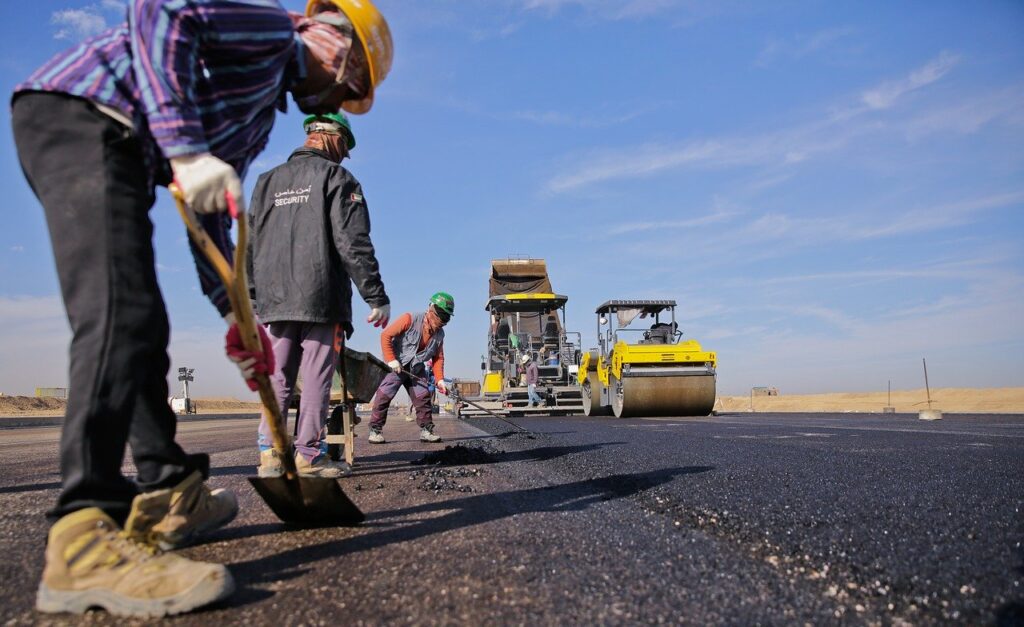Last month’s The Verge article on pothole cure has refocused attention on Erik Schlangen and his self-healing asphalt. If you haven’t heard of Erik Schlangen yet, let this article introduce you to him. Erik Schlangen is a Civil Engineering professor at Delft University of Technology in the Netherlands. He’s the pioneer and chair of Experimental Micromechanics.
His areas of research focus on durability mechanics and “self-healing” materials. His self-healing asphalt is supposed to make roads heal by themselves with the help of microwaves. This is the kind of quality construction innovation that makes us happy we do what we do.
Most Dutch roads are made with porous asphalt. The spaces in the road structure absorb sound and water, making roads in the Netherlands, quieter and dryer than the ones built with more solid asphalt or bitumen materials. There’s a downside to the spaces though. They make the road structure prone to erosion and weathering.
These gaps lead to microscopic crack formation that hold the aggregates together, which results to progressive “ravelling” (like potholes and loose stones) that damage road vehicles.
Schlangen’s self-healing asphalt would make the pavement easier to heat by induction. His idea of road material is a mix of asphalt and tiny steel wool fragments.
Steel wool fiber is supposed to heat up the asphalt when subjected to microwave radiation. Upon heating, the asphalt melts and the cracks are filled again, holding the aggregate together, basically fixing the road cracks and potholes, and extending the life of the material and the infrastructure.
The Dutch government has donated a 400m stretch of the A58 motorway as testbed for the self-healing asphalt. Since 2010, the A58 road near Vlissingen in the Netherlands has been open and used by the public. Studies on the samples from this pavement suggest that the life of the asphalt road can be doubled if melted every four years.
Currently, the asphalt mix is being tested on 12 different Dutch roads. All are in perfect working condition but Schlangen points out that regular asphalt roads remain good condition for seven to ten years.
It takes longer to really see differences. It’s estimated that self-healing asphalt would cost about 25% more than regular asphalt but could save the Netherlands €90 million of repairs and related activities if all roads are made with it.
Another benefit with the steel fiber-asphalt mix is that the steel fibers allow for information to be sent to the road and would make it possible to charge electric cars while they’re on the road. Schlangen adds, “This is early, but we are going to make some trials in front of traffic lights, where the idea is that you can charge your car a bit while waiting in traffic”.
Here is a video of Erik Schlangen explaining the concept behind self-healing asphalt roads during his TED Talk back in 2012:
Download this ebook to make your construction projects easier and more productive. The digital transformation of the construction sector in the Netherlands is ripe.




